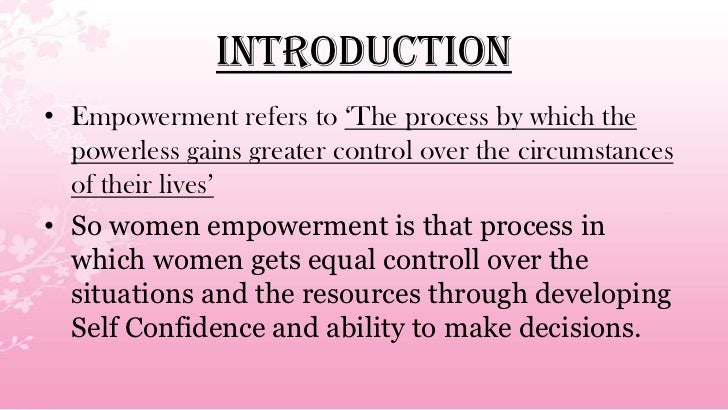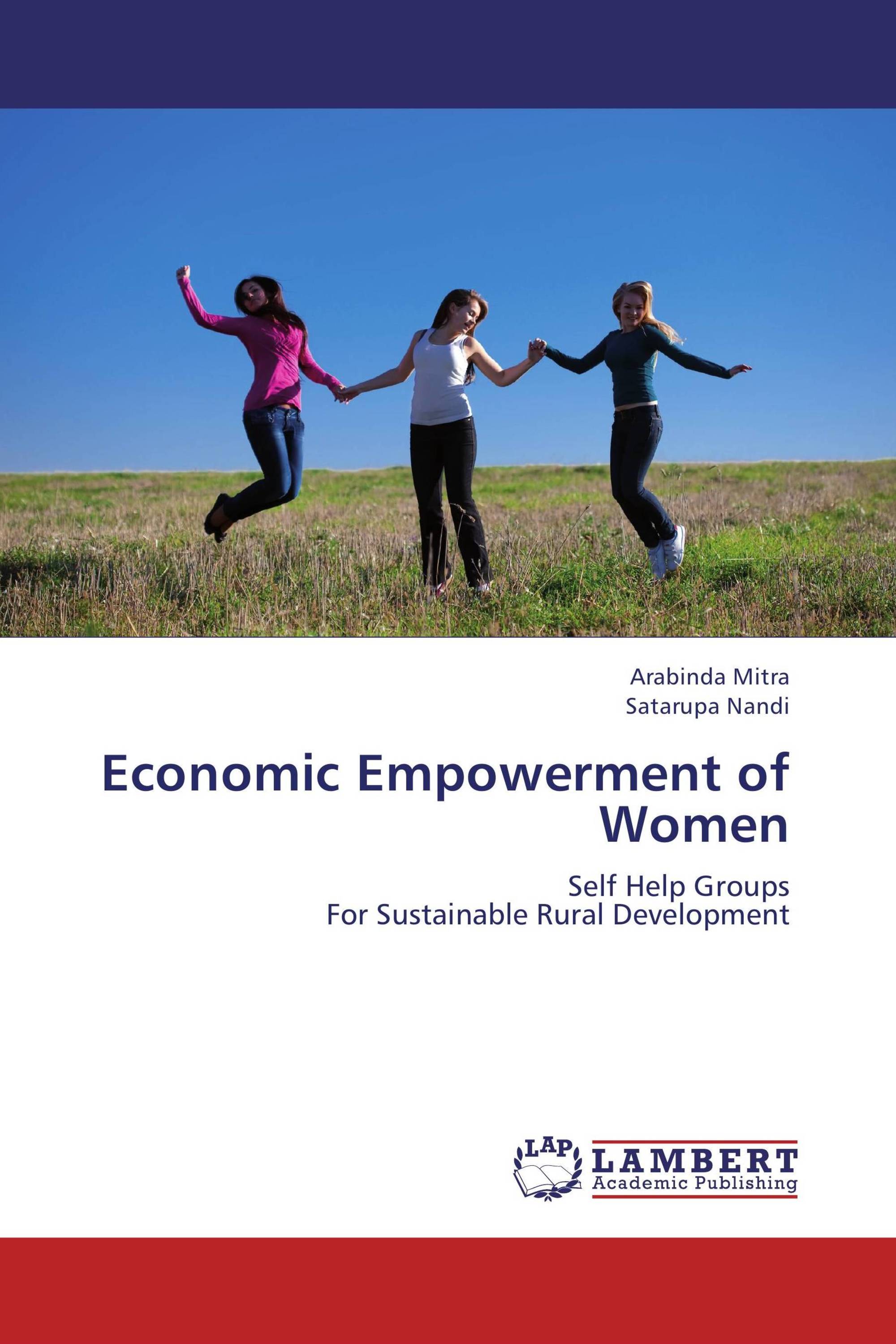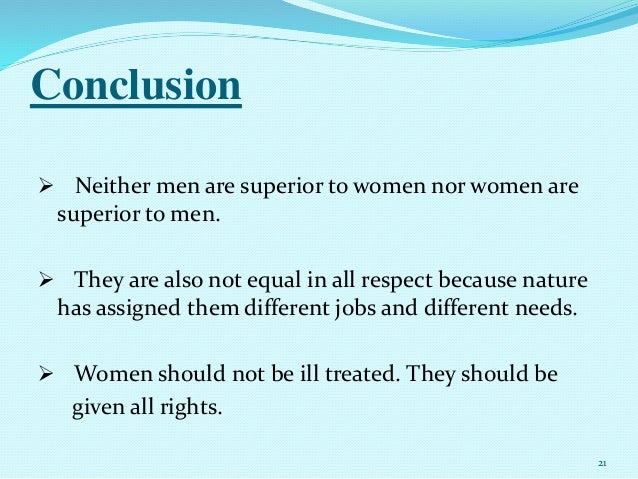Women Empowerment Presentation
| Introduction to Women Empowerment | ||
|---|---|---|
| Women empowerment is the process of providing women with the tools, resources, and opportunities to achieve their full potential. It aims to challenge gender stereotypes and eliminate barriers that prevent women from participating fully in social, economic, and political spheres. Women empowerment is crucial for achieving gender equality and promoting sustainable development. | ||
| 1 | ||
| Importance of Women Empowerment | ||
|---|---|---|
| Women empowerment enhances economic growth by increasing women's participation in the workforce and entrepreneurship. It leads to better health outcomes for women and their families through increased access to healthcare and education. Women empowerment promotes social justice and equality by challenging discriminatory practices and promoting equal rights and opportunities. | ||
| 2 | ||
| Economic Empowerment of Women | ||
|---|---|---|
| Economic empowerment involves increasing women's access to resources, including finance, land, and technology. It includes promoting equal pay for equal work and addressing gender gaps in employment and entrepreneurship. Economic empowerment enables women to contribute to economic growth, poverty reduction, and sustainable development. | ||
| 3 | ||
| Political Empowerment of Women | ||
|---|---|---|
| Political empowerment involves increasing women's representation and participation in decision-making processes at all levels. It includes promoting women's leadership and ensuring their voices are heard in policy-making and governance. Political empowerment enables women to shape policies and laws that address their specific needs and interests. | ||
| 4 | ||
| Social Empowerment of Women | ||
|---|---|---|
| Social empowerment focuses on challenging gender norms and stereotypes that limit women's opportunities and choices. It involves promoting gender equality in education, healthcare, and social services. Social empowerment enables women to live free from violence, discrimination, and harmful practices. | ||
| 5 | ||
| Education and Women Empowerment | ||
|---|---|---|
| Education is a key driver of women empowerment as it increases their knowledge, skills, and self-confidence. It enables women to pursue higher education, access better job opportunities, and participate in decision-making processes. Education empowers women to challenge social norms, advocate for their rights, and contribute to society. | ||
| 6 | ||
| Challenges to Women Empowerment | ||
|---|---|---|
| Gender-based violence and discrimination continue to be major challenges to women empowerment. Lack of access to education, healthcare, and economic resources disproportionately affects women. Gender stereotypes and cultural norms restrict women's choices and limit their opportunities for empowerment. | ||
| 7 | ||
| Strategies for Women Empowerment | ||
|---|---|---|
| Implementing gender-responsive policies and laws that promote women's rights and equal opportunities. Providing access to quality education and healthcare for all women and girls. Empowering women economically through financial inclusion, entrepreneurship support, and equal pay. | ||
| 8 | ||
| Conclusion | ||
|---|---|---|
| Women empowerment is essential for achieving gender equality, social justice, and sustainable development. It requires collective efforts from governments, civil society, and individuals to address the barriers and challenges faced by women. By empowering women, we create a more inclusive and equitable society for all. | ||
| 9 | ||








